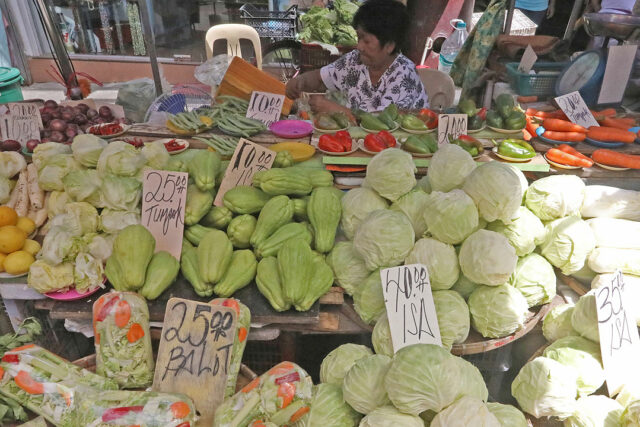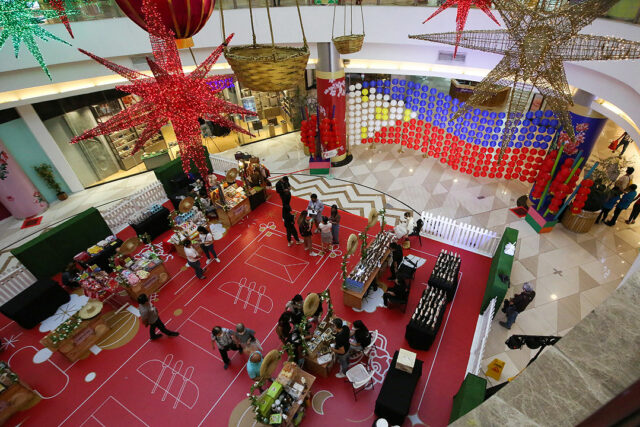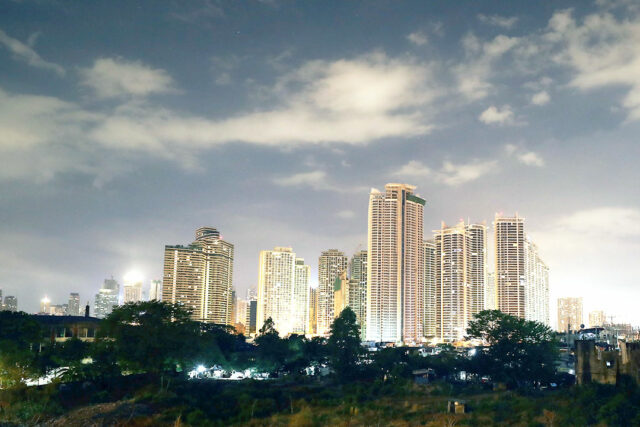By Arjay L. Balinbin, Senior Reporter
LOCAL BUSINESSES are expected to continue spending on information and communications technology (ICT) next year, as they anticipate rising demand for digital solutions, according to some industry players.
“As micro, small and medium enterprises (MSMEs) secure and make their businesses more resilient and adaptable in the face of future economic disruptions, investments in telco and ICT remain as their top priority in the next one to two years,” KD D. Dizon, head of Globe Business MSME Group, told BusinessWorld in an e-mail interview last week.
“This is especially true for those operating within industries that are at the forefront of digitalization such as education, finance, IT and business process management, wholesale/retail, and the hotel, restaurant, and café sector,” she added.
According to London-based data analytics and consulting company GlobalData Plc, the ICT market in the Philippines is expected to grow at an annual growth rate of 8% to $20.6 billion by 2026, from $14.04 billion in 2021.
The cumulative revenue generation opportunities for ICT in the Philippines between 2022 and 2026 are estimated at $89.98 billion.
“The retail sector is the major contributor to the growth of ICT in the Philippines,” GlobalData’s latest report said.
The IT service management company of the PLDT group, ePLDT, Inc., said it has seen a steady increase in investment in ICT solutions from its enterprise customers compared with last year.
“These are customers who are accelerating their digital transformation to improve customer experience (and) operational productivity, (as well as) reduce operational costs,” ePLDT President and Chief Executive Officer Victor S. Genuino said in an e-mail interview last week.
“We see robust demand for data center, cloud, and cybersecurity solutions,” he added.
In a separate e-mail interview, Cisco Philippines Managing Director Zaza S. Nicart said the company continues to see Philippine organizations digitizing their businesses, automating operations, and using innovative technology to strengthen resilience against unexpected challenges.
“This is not only limited to the private sector. The government is leading the movement towards increased ICT investments in the Philippines,” she added.
The Department of Budget and Management proposed a P12.47-billion budget for ICT and digitalization for next year.
“As we enter a post-pandemic era, we’ll continue to see a growing demand in technology innovations and digital solutions such as cybersecurity, integrated cross-architecture IT and networking infrastructure, and collaboration tools supported by data analytics that will help companies better address employees’ health and well-being needs and promote inclusivity,” Ms. Nicart said.
For Ms. Dizon of Globe Business, the overall proportion of ICT spending to the total budget of MSMEs is likely to significantly increase in the next three years.
She said that finance, education, and healthcare industries are “likely to spend more given the government’s fresh digital push.”
“In particular, in 2023, MSMEs are likely to invest more on ICT as they eye to strengthen their backend with cloud-based ERP (enterprise resource planning) and business process systems to support digital customer interfaces, e-commerce, and hybrid workplace strategies,” Ms. Dizon added.
She also said network and endpoint security solutions will be critical for some key industries for data protection compliance and protection from cyber threats such as phishing and ransomware attacks.
“MSMEs with their own custom applications or are in the IT or app development fields also anticipate more spending on Amazon Web Services, Azure, or the Google Cloud Platform to support digital transformation initiatives,” she said.
For his part, ePLDT’s Mr. Genuino noted customers are “cautiously optimistic.”
“Headwinds such as the surge in fuel prices, rising inflation, and the weakening of the peso are causing anxiety. Having said this, it is an opportune time for enterprise customers to design and implement solutions to optimize their operations. By allowing a strategic partner like ePLDT to manage their digital journey and infrastructure, customers can focus on growing their core business,” he added.
Cisco’s Ms. Nicart said businesses need agility to build quicker and better applications in a world “where everything that can be delivered digitally must be delivered digitally.”
“To support hybrid work, they need to be more collaborative, have more adaptable infrastructure, and connect everything with the highest level of security,” she added.
Hastings Holdings, Inc., a unit of PLDT Beneficial Trust Fund subsidiary MediaQuest Holdings, Inc., has a majority stake in BusinessWorld through the Philippine Star Group, which it controls.












